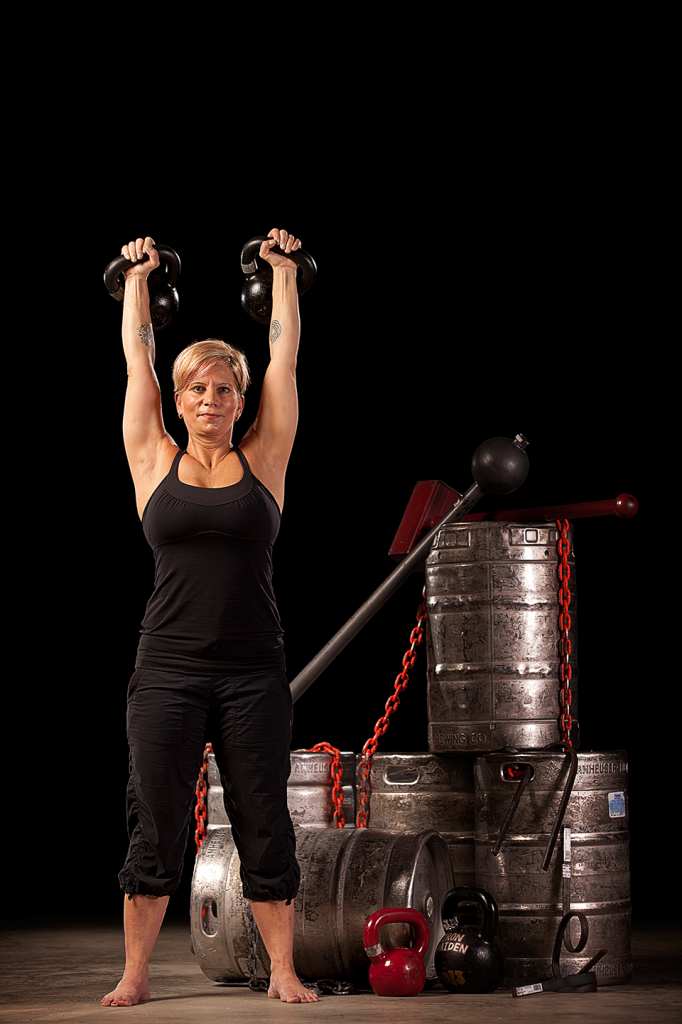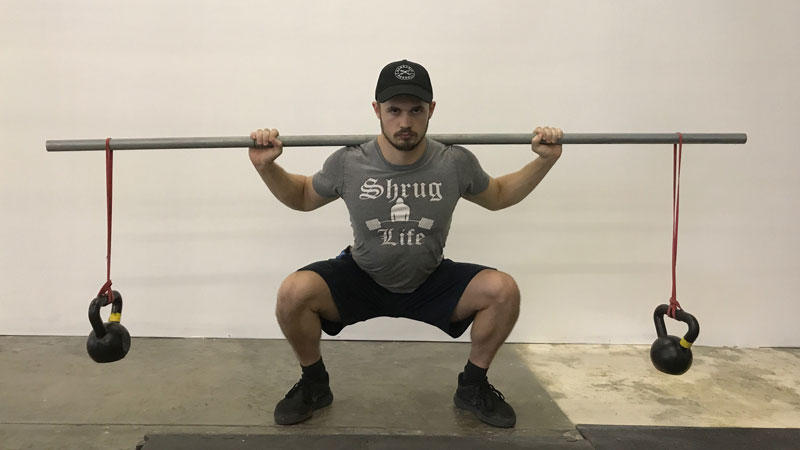
In How to Replace Expensive Equipment With Kettlebells Part 1, I showed you how to make your own sleds with just a tow strap, belt and kettlebells. I also included a bunch of different exercises and workouts you can do on your own or with your clients.
I am always looking to add new tools to my boot camp and kettlebell classes, without spending a fortune.
I love coming up with creative ways to make my own equipment. If you want to add some new tools to your workouts or your gym but are on a budget, then this blog is for you.
Last year I purchased an Earthquake bar for my other gym, The Tallahassee Strength Club. It was expensive but I knew my members would love it. I spent well over $200. Online you will find prices from $269 up to over $300.
On one of my visits with my physical therapist, he showed me how he uses the bar to rehab his client’s shoulder injuries. The instability of the bar (while doing simple bench presses and shoulder presses) works and strengthens all of the stabilizer muscles in the shoulder. I couldn’t believe how challenging this was–and I was using very light weights.
After I balked at the price, he showed me a rod he got at Lowes. I can’t remember exactly what it was but either a steel fence post or a strong metal closet rod. I did the same exercises with the rod and didn’t notice much of a difference between it and the expensive Earthquake bar. He gave me the fence post to use at my gym.
My trainers and I played around with the bar using kettlebells attached to the ends with small jump stretch bands
We started with simple overhead holds. It was unbelievably challenging. Every muscle in my body had to work to keep the bar stable. We got a little more daring, which is common when we get together. We did overhead squats, deadlifts, single leg deadlifts, overhead walking, bench press and of course, I had to try a get-up.
You can modify the exercises with the placement of the kettlebells and the length of the band. The closer the weight is to the center of the bar, the more stable it will be. The band length can be shortened to make it easier or long, to make it much more challenging.
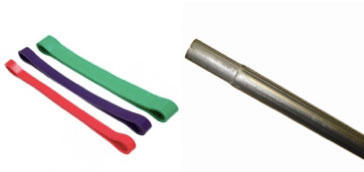 It’s an amazing, challenging tool and super simple to set up. You’ll need a fence post top. For a more challenging workout, get a pvc pipe.
It’s an amazing, challenging tool and super simple to set up. You’ll need a fence post top. For a more challenging workout, get a pvc pipe.
You can get a fence post top at Lowes for less than $12
A piece of PVC pipe is even cheaper for around $10.00
Jump Stretch mini bands on Amazon start at $7.95
You can also use rope or chain to hook your kettlebells to the bar. Go way lighter than you think you would because these are no joke.
Give these a try and let me know what you think in the comments below.
****
Senior RKC, Laurel Blackburn owns Boot Camp Fitness and Training and Tallahassee Kettlebells. Look for Laurel at www.bootcampstogo.com or www.tallahasseekettlebells.com.
In her early fifties, Laurel is out to prove that age is just a number. Her goal is to motivate and inspire people everywhere, both young and old that strength, flexibility and mobility can get better with age. Follow her adventures on her blog: www.SuperStrongNana.com.

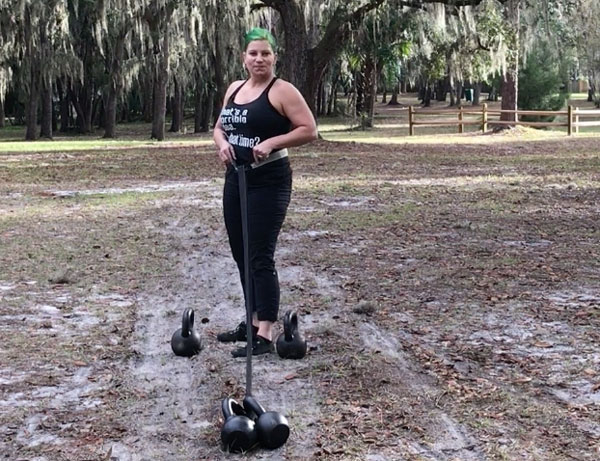
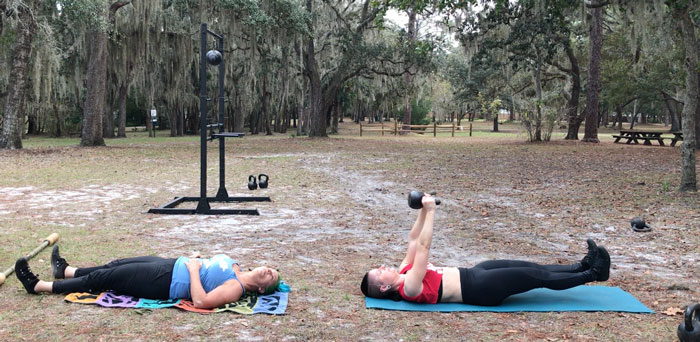
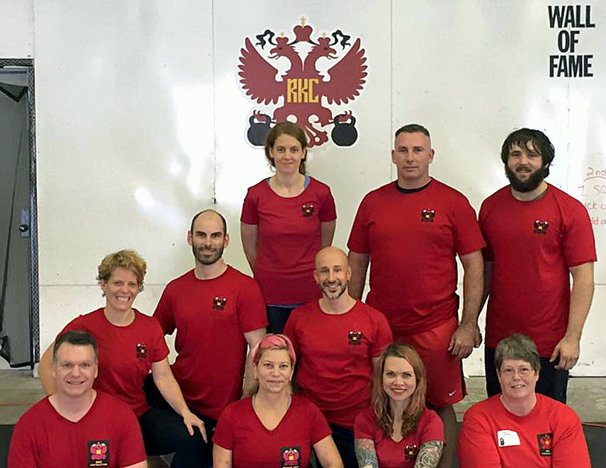
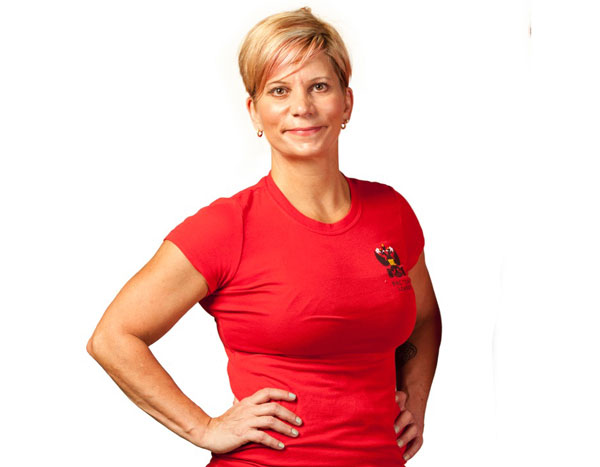
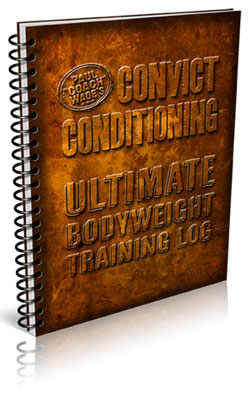
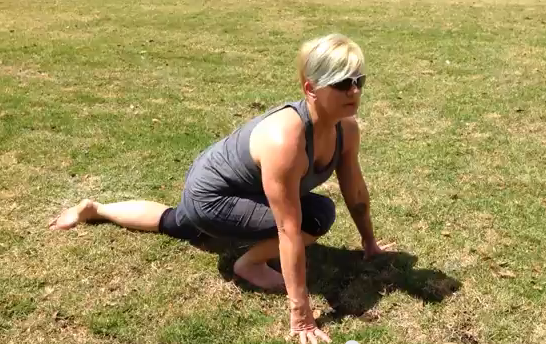 I remember being a newly minted RKC back in 2009. I couldn’t wait to get back and start training clients. I had a head full of knowledge and a heart full of pride and excitement.
I remember being a newly minted RKC back in 2009. I couldn’t wait to get back and start training clients. I had a head full of knowledge and a heart full of pride and excitement.